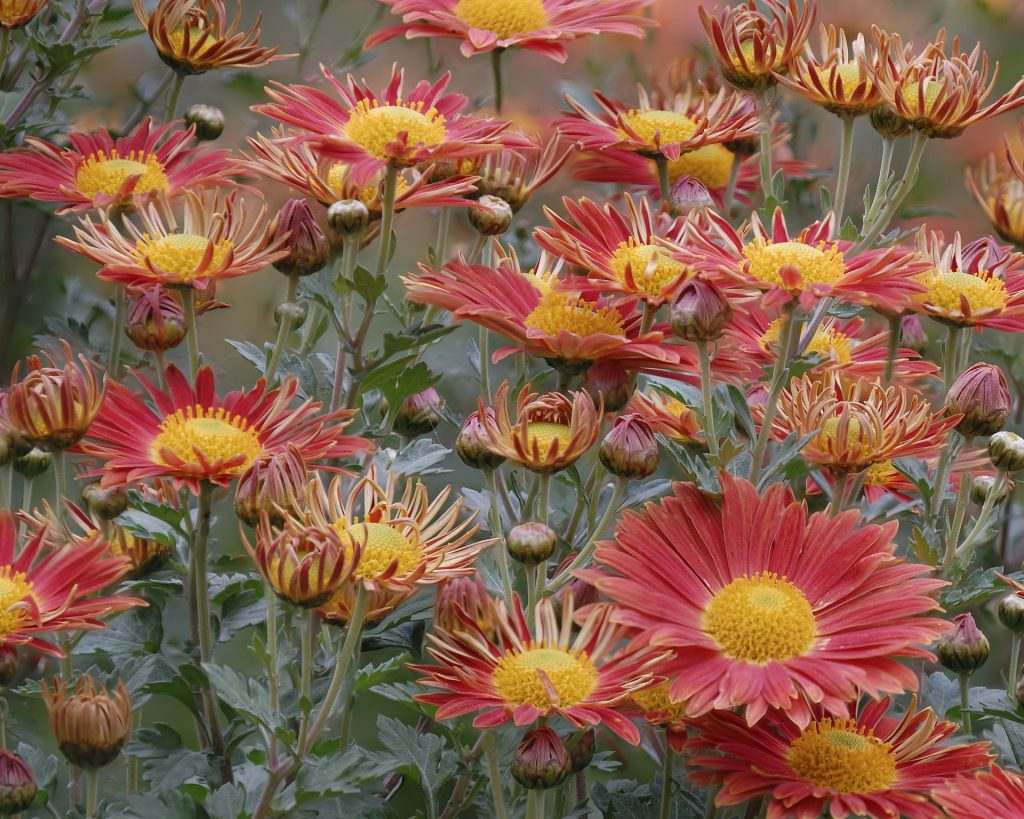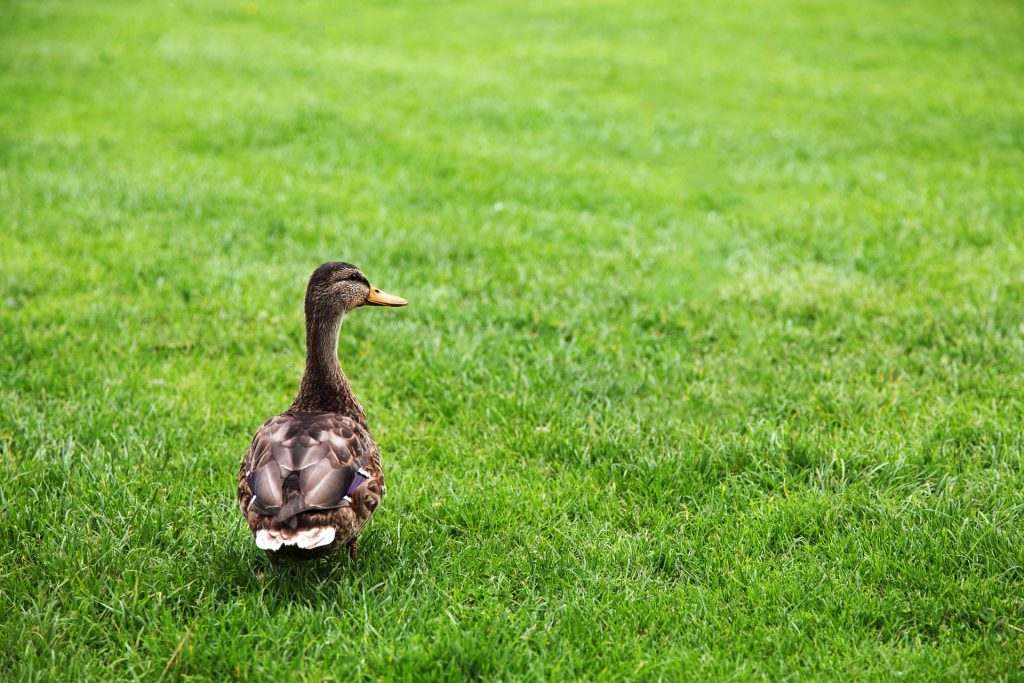3 Gardening Tips for August and a few tips on your lawn...
August in the garden can be challenging for both gardeners and plants.
Remove spent flowers (deadhead) on annuals, roses and perennials. Many will reward you with more blooms that continue well into fall. Use the Fiskars Garden Multi Snip which comes with a handy sheath for cutting flowers to bring in the house or cutting off dead blooms.
Certain flowers are good candidates for drying including hydrangea blossoms, globe amaranth, celosia, straw flowers and ornamental grasses. Harvest them when they are dry in the morning but before noon when temperatures begin to get hot. With annual flowers, select those that are not fully open.
Once you cut the stems, strip all the leaves and remove any damaged parts of the flower.
Store them in a dry, dark, warm place, preferably one with good air circulation.
Depending on the type of flower, it may take two to three weeks before they are completely dry.
You can also hang them upside down to dry, or in a vase without water.
Once they dry completely, the blooms should last for years, although the colors will fade over time.
“August gardening chores can be a mixed bag. For many gardeners, the month of August begins the downhill slide into offseason. “
Prune and remove dead branches on shrubs and small trees.

Keep new plantings (planted within the past six months) of flowers, shrubs and trees watered during hot, dry spells.
Apply a fresh layer of mulch (1 to 2 inches thick) after you weed. This will help the soil maintain moisture and reduce future weed crops.
August weather is often milder than we expect and it’s a great time to perk things up in the garden, after July’s extremes.
Your garden plants are hardier than you think and there are plenty of gardening tasks for August that will keep your flower and vegetable gardens going longer, as well as opportunities to get a head start on next year’s garden plans.

Here’s how to look after your grass this month:
- • Don’t worry if your lawn is looking brown, the autumn rains will soon make it green again.
- • Don’t feed your lawn with a high-nitrogen fertiliser now as this will encourage lots of lush new growth which is easily damaged by autumn weather.
- • Lawn growth slows down in late summer so raise the cutting height of your lawn mower to help the grass cope.
- • If you’re planning on laying a new lawn this autumn, prepare the area now to give it time to settle.
- • Recut any lawn edges. Install lawn edging to make future maintenance easier.
- • If your lawn is infested by ants, brush out the nests on a dry day. Always brush them away before mowing.